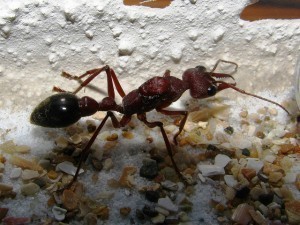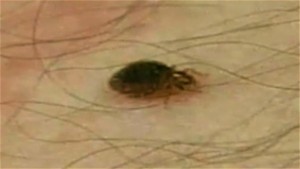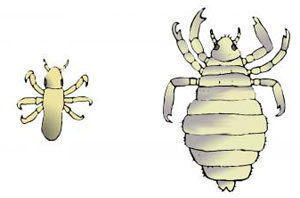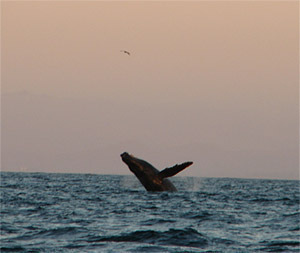Biggest Ants
Ants are often regarded as these tiny, insignificant insects, but they can also be quite formidable in their own right. Just look at the Marabunta, the ferocious Army ants. Not surprisingly, a species of this type of ant is foremost in the roster of the world’s biggest ants.
Dorylus is an army ant genus that is located mainly in Central and East Africa, but also occurs in the tropics of Asia. Also known as Siafu, Safari ants, or Driver ants, they are considered by many as the biggest ants in the world, with their queen alone measuring over 4 centimeters in length. Meanwhile, the male ants of the genus may not be as long as their queen, measuring a length of only 3 cm, but they are much more robust. The males are commonly referred to as “sausage flies,” due to their long, bloated, sausage-shaped abdomen.
A driver ant colony can be made up of more than 20 million ants, all conceived by a single queen. Periodically, driver ants would leave their anthill and forage for food, forming a marching column consisting of no less than 50 million ants. An interesting characteristic of the genus Dorylus is that they are actually blind, and they could communicate with each other only through pheromones.

Found exclusively in South America, the so-called “dinosaur ants,” the genus Dinoponera gigantea, is another one of the world’s biggest ant species. The female members of the genus are much bigger than the males, ranging in length from 3 to 4 cm (1.2 to 1.6 inches). Female Dinoponera are distinguished by their coal black color, while the males have a dark red color.
The ant species Camponotus gigas, or the Giant forest ant, inhabits the forests of Southeast Asia. While not quite as gigantic as their name would seem to suggest, they still boast of being among the biggest ants in nature, with their typical worker ants measuring 20.9 millimeters, and their soldiers measuring 28.1 mm. The species has 2 types of worker ants, the bigger of which is nearly 3 times heavier than the other. Camponotus colonies are usually made up of around 7,000 worker ants, unevenly disseminated throughout several nests. 90% of these ants’ diet consists of honeydew, but they are also known to feed on insects and even on bird droppings.
But perhaps the biggest ants ever to have lived on Earth are those from the extinct species Formicium giganteum. Existing approximately 46 million years in the past, at the time of the Eocene epoch, these ants grew to a size of up to 3 cm (1.2 in), with their queens growing even larger at 5 cm (2.0 in) and a wingspan of around 13 cm (5.1 in).





